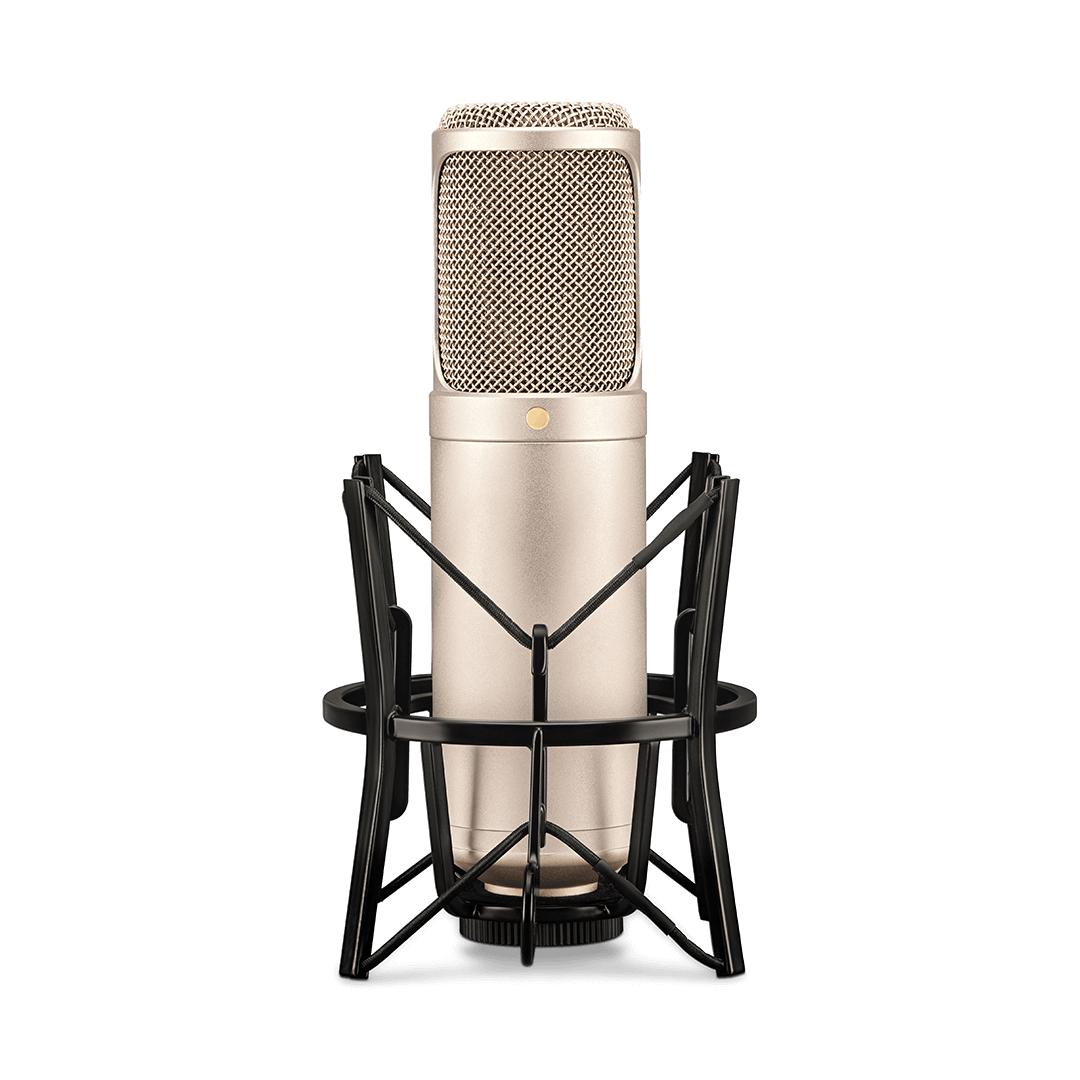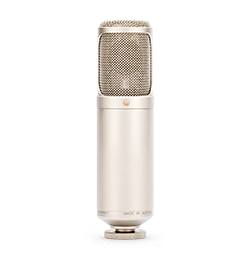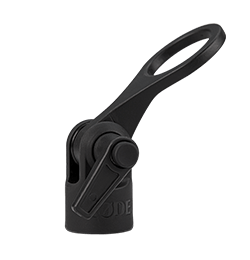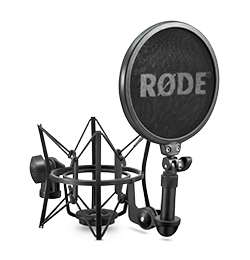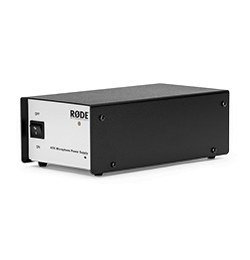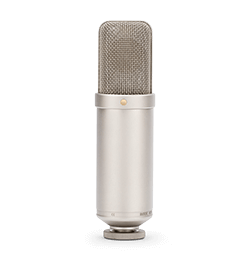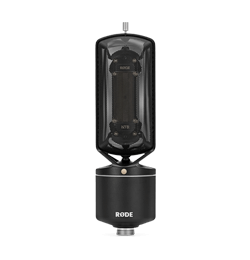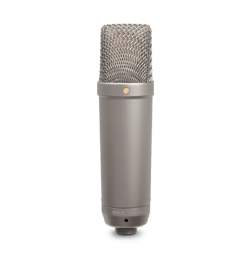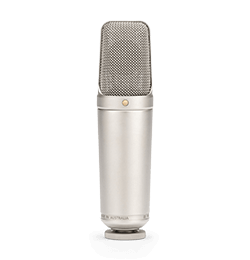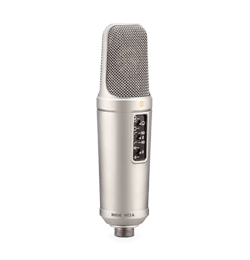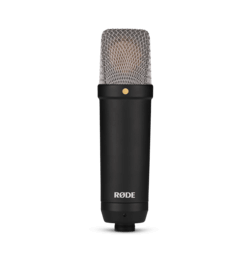A. That depends on the tube. It could be a low-quality old tube!
Do some research on the tube sites and you will start to get an idea of what is good and what is just 'smoke and mirrors'. There is quite a lot of mythology surrounding tubes with wild claims being made. The reality is that tube technology was at its peak in the 50&60's and so it stands to reason that the manufacturers of that time did have some mature technology, and so produced high-quality, high-tolerance devices.
When transistors started to take over, the demand for premium and high specification tubes started to decline to the point where none of the high end producers in the US, Germany or UK were viable and so their production ceased. Tubes continued to be made in Russia and other 'soviet block' countries, and of course China - in many instances these were for military applications. These factories have been at the forefront of the current tube supply, but it must be remembered that other than the audio industry, there is no need for tubes today and that is why the brands such as Telefunken, GE, Sylvania, Mullard etc are not in the game anymore.
How will you know what to buy? There are many websites and vendors for NOS tubes and they supply lots of information. If you have the time, start reading and you will begin to see a pattern where certain old brands and styles keep being mentioned. That is a good guide.
The prices are rising because of rarity, but modern production for certain tubes such as the ones we currently use in our microphones is certainly equal to anything from the past. It comes down to knowing how to select and test, and of course grading them accordingly. It is fun to experiment, so go ahead, but please ensure you don't use tubes not designed for the circuit, or the results will not only disappoint, but could also damage your microphone.

